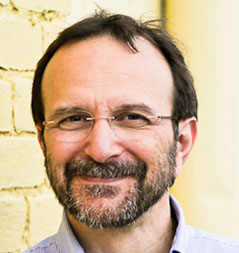TWiM describes experiments to explore gut microbiota signatures of vulnerability to food addiction in mice and humans, and how a phage tail-like protein suppresses competitors in populations of bacteria of plants.
A highly reduced TWiM team presents a study of the use of phage diversity in cell-free DNA to identify bacterial pathogens in human sepsis cases, and the evolution, persistence, and host adaptation of a gonococcal antimicrobial resistance plasmid that emerged in the pre-antibiotic era.
On this episode of TWiM, how phages prevent other phages from invading their hosts without blocking their own reproduction, and plastic-degrading potential of microbes across the Earth.
The TWiM team pays a tribute to Chris Condayan, and investigates the synergy between virus and the innate immune system for clearing bacterial pneumonia by phage therapy.
Vincent and Elio marvel in the finding that a phage tail-like structure from a marine bacterium stimulates tubeworm metamorphosis, and reveal Ophidiomyces as a cause of snake fungal disease.
Vincent, Elio and Michael recorded this episode before an audience at the 2013 General Meeting of the American Society for Microbiology in Denver, Colorado, where they spoke with Andrew, Ferric, Suzanne, and Michelle about their research on a phage system for evading innate immunity, retractions of research papers, bacterial infections of the eye, and cytoplasmic defenses against intracellular bacteria.
Vincent, Michael, Elio review formation of caveolae in a bacterium, and the limited genetic diversity and broad killing activity of P. acnes bacteriophages.
Vincent, Michael, and Elio review chapters from Microbes and Evolution, a collection of short, personal essays by microbiologists.
On episode #29 of the podcast, Vincent and Stanley review how a phage pierces the cell membrane with an iron-loaded spike, and two programmed cell death systems in E. coli.




